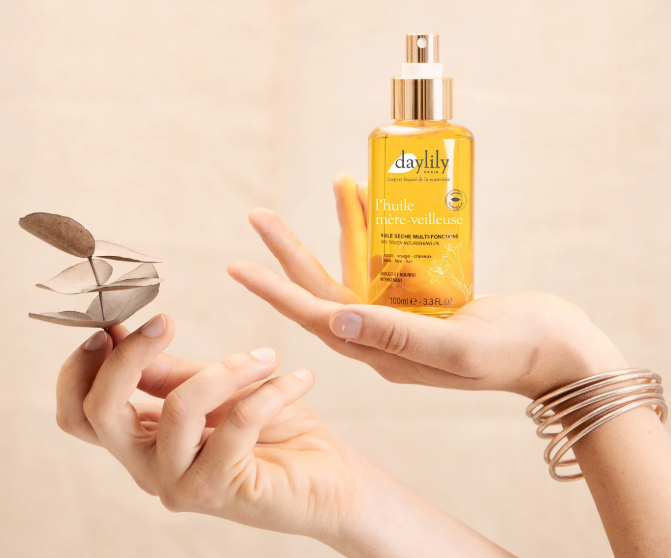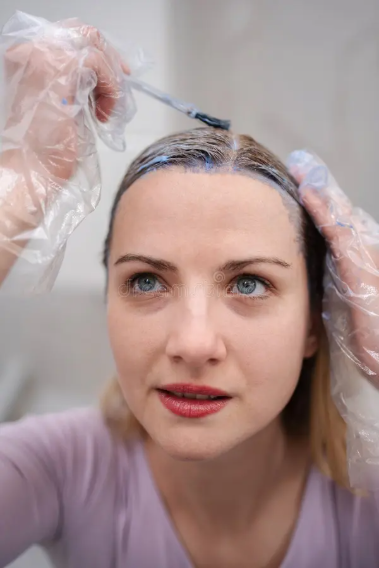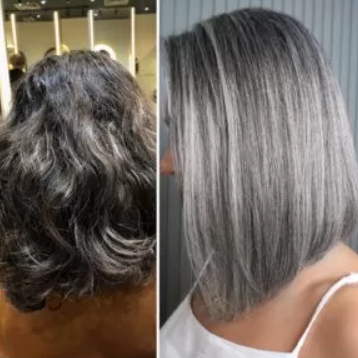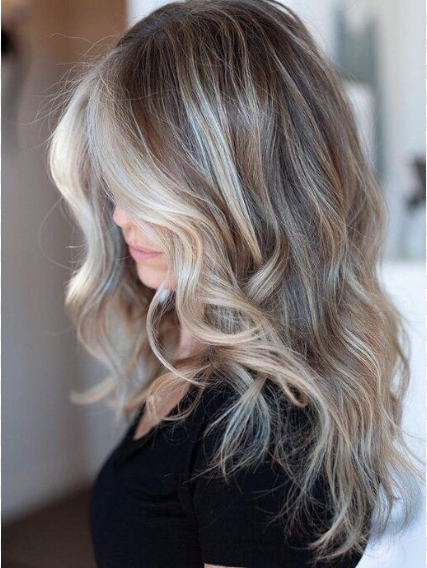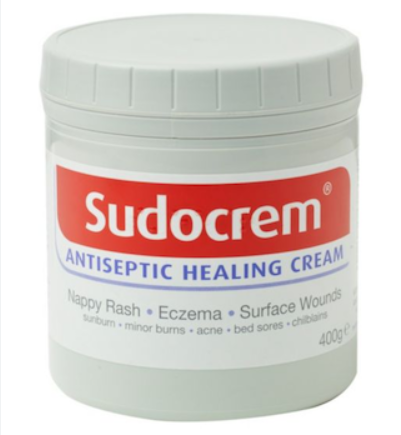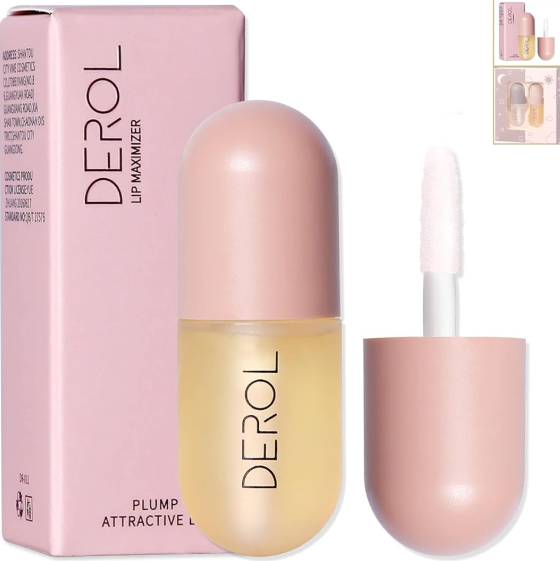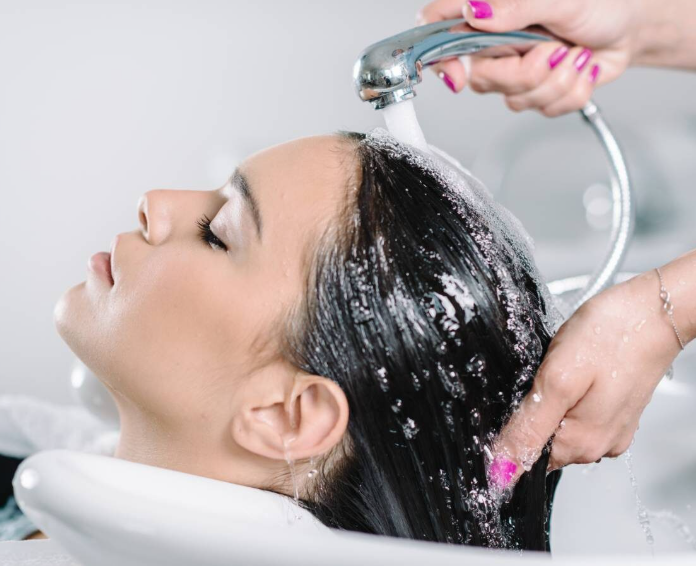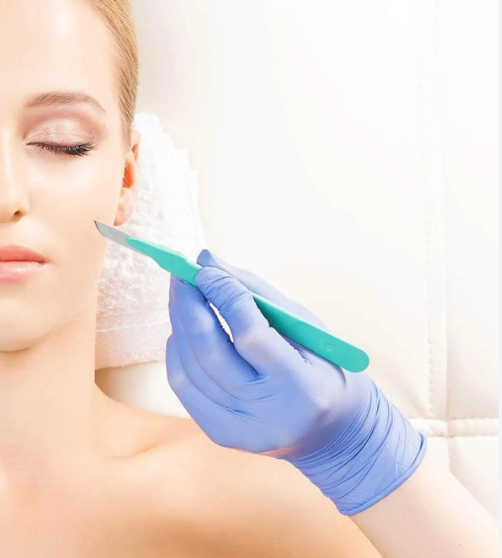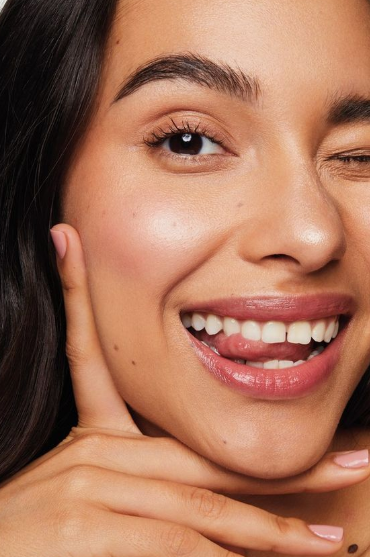Body oil is a fantastic way to lock in moisture and keep your skin hydrated, but like any product, it’s important to use it correctly to reap its full benefits. Whether you want to hydrate dry skin, fight signs of aging, or give your skin a healthy glow, body oil can be a game-changer in your skincare routine. Here’s everything you need to know about using body oil and the amazing benefits it provides for your skin.
How to Apply Body Oil
- Moisturize First, Then Apply Oil It’s essential to apply body oil after your moisturizer, not the other way around. Oils are heavier than lotions, creating a protective barrier on your skin. If you apply oil first, it can prevent your moisturizer from absorbing properly. To get the best results, apply your moisturizer first, then layer the oil on top to lock in that moisture.
- Apply Before You Shower It may sound strange, but applying body oil before you shower is a great way to protect your skin from drying out. While washing away dirt and sweat, soap also removes natural oils and moisture from your skin. By applying body oil before showering, you can help shield your skin from the drying effects of soap, keeping it nourished during your wash.
- Apply After Your Shower Your skin is most receptive to absorbing moisture after a warm shower. After drying off, apply body oil to damp skin to lock in that moisture and keep your skin hydrated throughout the day. The oil helps seal in the water, leaving your skin soft and supple.
- Choose High-Quality Oil Not all body oils are created equal. A good body oil should absorb quickly and never leave your skin feeling greasy. Opt for a high-quality oil from trusted brands, and consider your skin type when choosing the right product. For example, argan oil is a great option if you have oily skin, as it absorbs quickly and won’t leave your skin feeling greasy.
- Add Oil to Your Bath If you love baths but worry about dry skin, add a few drops of body oil to your bathwater. Hot water can strip your skin of moisture, but adding body oil will help retain hydration, turning your bath into a luxurious, moisture-boosting experience.
- Massage It Into Your Skin Give your skin some love by massaging the oil in. Not only does this help distribute the product evenly, but it also allows you to relax and relieve tension. Take your time and enjoy the moment while pampering your skin.
5 Key Benefits of Body Oil
- Fights Signs of Aging While most of us focus on anti-aging products for our face, we often forget about our body. Good body oils are packed with antioxidants like vitamins A, C, and E, which help boost collagen production, reduce the appearance of stretch marks, and make your skin look younger.
- Seals in Moisture Body oil creates a barrier that locks in moisture, helping to keep your skin hydrated for longer. While moisturizers are great for adding moisture, they can sometimes wear off throughout the day. Body oil, however, acts as a shield to prevent moisture loss, leaving your skin feeling soft and nourished.
- Restores Lipids to the Skin Lipids are natural fats that help keep your skin smooth and create a protective barrier. When your skin becomes too dry, it can lose these lipids. Body oils work to replace lost lipids, filling in the cracks in dry skin and making it feel soft and smooth. If your skin is severely dehydrated, body oil can be a lifesaver.
- Gives Your Skin a Healthy Glow When your skin is dry, it can start to look dull and lifeless. Body oils mimic the natural oils your skin loses over time, helping to restore that youthful, radiant glow. By incorporating body oil into your routine, you can give your skin a natural sheen without looking greasy.
- Lasts All Day Body oils absorb quickly and stay in place longer than moisturizers, making them ideal for all-day hydration. Even in hot weather when you’re sweating more than usual, body oil will stick to your skin and continue to hydrate, keeping your skin moisturized and glowing.
When to Avoid Body Oil
- If Your Skin is Breaking Out If you have acne-prone skin, body oil might exacerbate the problem. While not all oils are comedogenic (pore-clogging), it’s better to use lighter oils, like argan oil, if you’re dealing with a breakout. For severely oily or acne-prone skin, it’s best to avoid using body oil on your face or affected areas.
- While Sunbathing Applying body oil while sunbathing can speed up skin damage and make your skin burn more quickly. Body oils can enhance the tanning effect, but they also make your skin more vulnerable to harmful UV rays. Instead, use sunscreen to protect your skin, and consider using a sunless tanner for a safe glow.
Conclusion
Body oil is a fantastic addition to any skincare routine, providing deep hydration, promoting a youthful glow, and protecting your skin from environmental damage. Whether you’re applying it after a shower, adding it to your bath, or massaging it in for extra relaxation, body oil can help keep your skin soft, smooth, and nourished. Just make sure to choose the right product for your skin type, and you’ll be on your way to glowing, healthy skin in no time.
